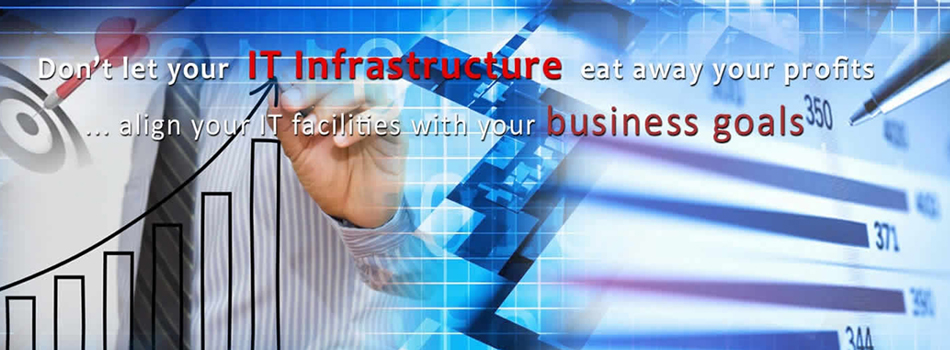An IT Manager’s New Best Friend: The Company Balance Sheet
Hey IT manager, how is that company that you are working for currently doing? Yeah, yeah – I know that all of the press releases that your management keeps putting out say that things have never been better and the internal emails that you get from the big guy say the same thing. However, how are things really going? It turns out that you can answer this question if you know how to read your company’s balance sheet…
What Is A Balance Sheet?
One of the biggest questions that both investors and IT managers always ask about a company is “how is it doing?” Answering question can be complicated, but one way to start to get a handle on it is to take a look at the company’s numbers: what is their current financial position?
The balance sheet is designed to an answer to this question. Itsummarizes the company’s financial position at the end of a time period: month, quarter, or year. The balance sheet describes the assets that the company controls and documents how those assets are financed.
The 3 Parts To A Balance Sheet
Every balance sheet is designed to document how a company is providing a solution to the classic accounting equation:
Assets = Liabilities + Owner’s Equity
Perhaps we should spend just a moment talking about what each of these three components actually are.
The easiest one is Assets. An asset is something that the company has decided to invest in so that they can conduct business. If the company was a newspaper publisher, then a printing press would be one of their assets. Assets can also consist of cash and financial instruments along with inventories of raw materials and even finished goods. The list can be rounded out by including land, buildings, and equipment.
Next comes Liabilities. The money that was used to obtain the assets that the company uses had to come from somewhere. If the company borrowed money or made arrangements to pay suppliers for goods and services, then this money that they owe is called a liability.
Finally, Owner’s Equity is what would be left over after the company’s total liabilities were deducted from the company’s assets. One way of thinking about the owner’s equity is if the company was sold off today, how much would the owners walk away with?
The balance sheet “balances” a company’s assets and its liabilities. It shows you how much it has invested in assets and just exactly where the money has been invested. A balance sheet will show you how the company has paid for its assets: did it borrow money or did it spend the owner’s investment?
By itself, a single balance sheet is only so useful. However, whencompared to a balance sheet for a period in the past, a balance sheet can reveal a great deal about how well a company is managing its assets.
What All Of This Means For You
As an IT manager, you have an obligation to know how the firm that you are working for is currently doing. This obligation comes about because you need to be able to manage your career as well as to show some leadership and be able to answer company related questions for your team.
The company’s balance sheet is a key part of how you’ll understand how the company is doing at any point in time. The balance sheet will show you the company’s assets, liabilities, and owner’s equity.
Using the current balance sheet, you’ll be able to compare the company’s performance to previous years. Ultimately this will tell you and your IT dream team how you can expect your IT manager career to proceed where you are currently working.




